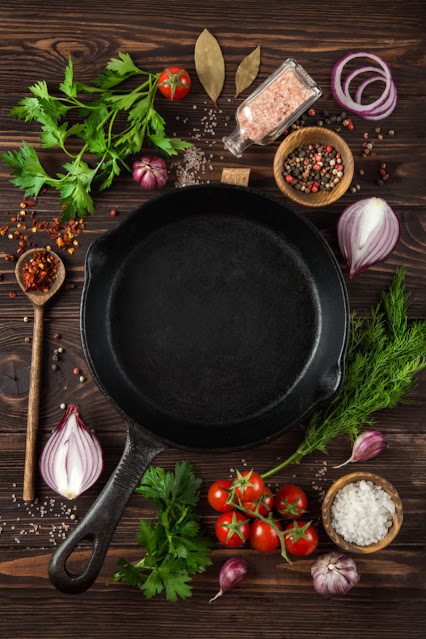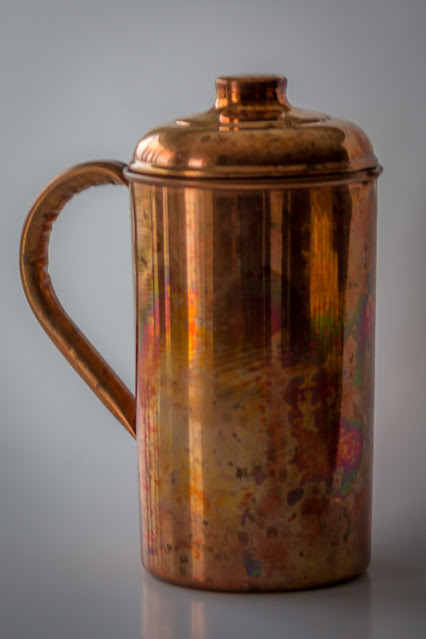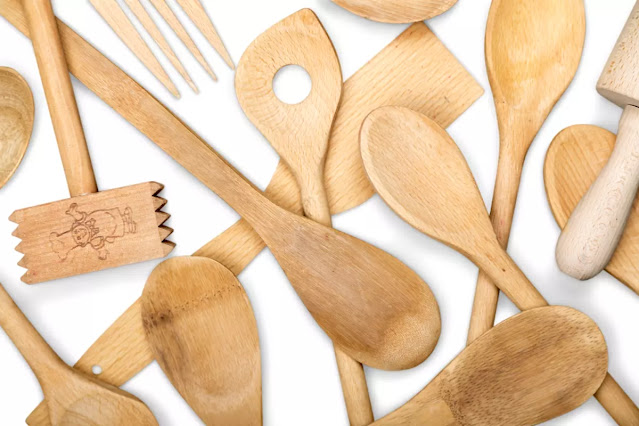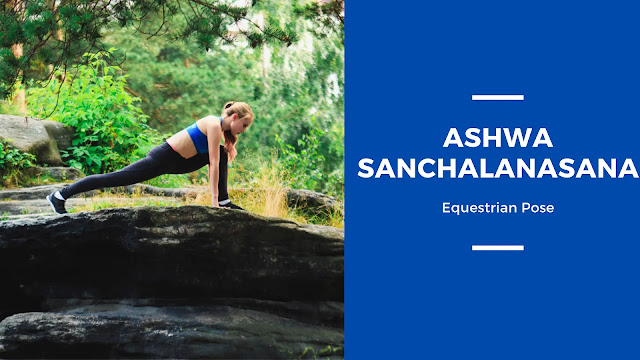Many of us have been looking forward for spring and it is already here. Slowly, summer is going to come. Natural medicine systems like Ayurveda and Traditional Chinese Medicine base their whole knowledge of health on seasonal differences. According to these traditions, each season has its own set of rhythms and rituals on the human body.
Our general well-being as people is inextricably linked to nature. Our mental health is influenced by the quantity of daylight we get, time spent in green and blue spaces such as parks and meadows, lakes and rivers, seasonal foods that are locally available to us, temperature, and even air quality. Consider this: as the temperature grows colder, your body requires more energy, therefore you crave warm items like hot coffee, snug sweaters, and fireplaces that make your body's job simpler. Summer, on the other hand, exhausts our bodies. Sleeplessness, lethargy, a lack of appetite, and dehydration can all result in aggressive behavior and anxiety when exposed to extreme heat for long periods of time.

After two years of the COVID-19 pandemic, it's time to accept that things will never be the same again, and to develop new policies that prioritize mental and physical health in and out of the workplace. Seasons change for a reason all around us, and you may follow these five ideas for your overall well-being.
Self-Evaluation: Recognize Your Emotions
Recognizing your feelings can help you feel less overwhelmed. Take some time to sort through your emotions in a way that suits you best - journaling, talking to a friend, or spending some alone time pondering. You can begin creating preparations to manage with the precise feelings you're experiencing after you have a greater understanding of them.
Use the abbreviation S.T.O.P. if you're having trouble identifying how you're feeling because your mind is racing.
S: Stop and put down whatever you're doing. For a time, put everything down.
T: Take a few deep breaths. Breathe normally and track your breath as it enters and exits your nose. To aid concentrate, you might even say "in" as you breathe in and "out" as you breathe out to yourself.
O: Observe your feelings, thoughts, and emotions. Recognize that thoughts aren't facts and that they don't last forever. If you get the notion that you are insufficient, notice it, let it go, and go on. According to UCLA research, even naming your feelings can help you relax. Then pay attention to your body. Do you prefer to stand or sit? What's your posture like? Do you have any aches and pains?
P: Plan something that will help you in the moment, such as reaching out for help from a friend or rubbing your shoulders or drinking a glass of water.
Recognize What You've Lost.
While spring is often associated with joy, renewal, and celebration, it can also serve as a stark reminder that we are still in the midst of a pandemic and may not be able to do everything we normally would. Consider how you may honor a loved one in the new season if you're missing them. If you've lost a job or had to drop out of school, take some time to think on the difficulties you've faced and what you've learnt. Even if you haven't lost anything tangible, we've all lost a sense of normalcy as a result of the pandemic, and it's fine—even healthy—to be sad about it.
Make the most of the situation.
Things will undoubtedly be different this year than they were prior to COVID. There are, however, a number of spring activities you may do, ranging from physically challenging days at the beach or park to cleaning and remodeling your house or office. Consider how you can adapt the things you can't do for COVID times. If you're upset that gatherings have been canceled, consider throwing a small outside get-together. Are you missing the social parts of working? If it's safe and comfortable for you, consider establishing coffee shop work dates with a close coworker or friend. Are you lonely because you won't be able to see your loved ones? Try to reconnect, share fond memories, and speak, arrange a group video chat to discuss what you want to do next once you all get together.
Don't get carried away with your usual plans.
While the summer months are usually filled with excitement and joy, they may also be stressful. In fact, throughout the spring and summer, suicide rates often rise, and people report increased levels of worry. The heat can dehydrate the brain, reducing its ability to operate normally, and too much daylight can disrupt sleep and potentially exacerbate bipolar disorder manic episodes. Even if you're giving up some of your favorite summer activities this year, you're probably also leaving behind other worries. Take care not to exaggerate the situation and make it appear worse than it is. Change is difficult, but that doesn't mean it can't be done. Find unique ways to adapt or start something new that will add new meaning to your life.
Gratitude is a virtue to cultivate.
Make a conscious effort to identify some things for which you are grateful on a regular basis. It could be as wide as your health or employment situation, or as specific as your favorite music on the radio when you arrive in the car. Gratitude has been linked to reduced melancholy and anxiety, as well as a variety of mental and physical benefits such as better sleep, mood, and immunity.
Maintaining your health requires self-care. With the aid of our blog, Practical Meditation as a healer, be proactive and build a seasonal self-care plan. With these pointers in mind, we hope you have a smooth transition into spring. Thank you for making the decision to #BeTheChange!
.webp)


.webp)

.webp)


